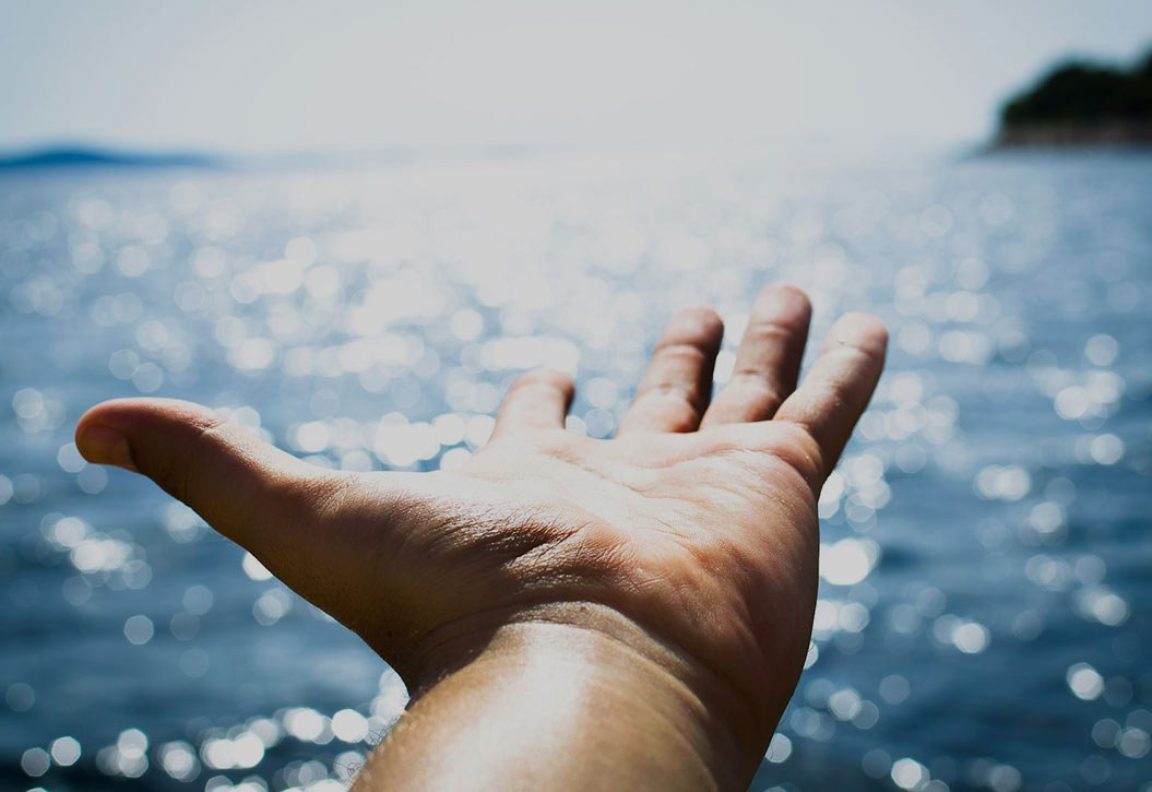Why eco-athleisure wear is rising.
Estimated to be worth over £7 billion in the UK alone, ‘athleisure’ wear is on the rise. This is a multi-tasking hybrid in the world of clothing, designed for both exercise and everyday wear. It was once thought of as a fad, but with social channels promoting a clean lifestyle and consumer attitudes towards health shifting, athleisure is flourishing in today’s marketplace.
In a market saturated with choice, what’s driving consumers to differentiate and be more inclined to pick out certain brands? According to the Nielsen report, consumers are looking for products that are beneficial for themselves and for society. But what does this mean for the athleisure industry, and for brand strategy in particular? Does good for society translate into good for performance?
Brands are investing
Well-known brands are investing in sustainable methods and materials for production, demonstrating that eco alternatives are viable competitors in the current market, both aesthetically and functionally. Adidas has paired up with Parley for the Oceans, a non-profit organisation focussed on combating ocean waste, to create a trainer made from recycled ocean plastic. Since launching in 2016, the range has expanded to include swimwear made from recycled fishnets and other discarded nylons, using the slogan, ‘spinning the problem into a solution, the threat into a thread’, to encapsulate their message. This is a big step for companies that aim to target an athletic audience, and whose main product selling point in the past has been performance-focussed. Design Director, Roger Hahn acknowledges that the biggest challenge has been convincing consumers that eco-friendly can compete performance-wise in today’s athleisure market.
Nike is another sportswear giant that’s making great efforts ecologically — they released a pledge in 2016 detailing the steps they’re taking to implement sustainable innovation. The report mentioned that since 2008, Nike has cut energy used to manufacture their products by around 50%, the goal being 100% renewable energy by 2025. Already the woven design of their Flyknit trainer allows for 60% less waste during production, in comparison to the traditional cut-and-sew method of production.
Other established brands are jumping on the eco-bandwagon — Ellesse has a range made from plastic bottles with the slogan, ‘you can break a sweat without breaking the environment’, proving that eco alternatives don’t compromise performance (whether you intend to break a sweat or not!). These examples show brands appear to be invested in finding ways to creatively tackle environmental issues. However, it is not only down to manufacturers to create more eco-friendly clothing.
Consumers want to buy ethical
Whilst it’s reported that a large percentage of consumers are becoming more inclined to purchase from an ethically-sourced brand; when it comes to mindful purchasing; the impulse to buy to excess is also a factor to consider. It can be challenging to curb the buying impulse, especially when you see your favourite yogi endorsing a new legging release on Instagram with their personalised discount code inviting a purchase; however, one new company on the athleisure market is encouraging people to buy less.
League Collective is a sportswear brand that wants to remedy what it perceives to be a culture of fast, throw-away fashion, by creating pieces focussed on quality not quantity. Founder, Lilly Richardson, has created a range around ‘multipurpose functionality and durability’. Currently the site offers one piece of clothing per category — five pieces in total are available to buy. With leggings costing £130, these are marketed as the ‘more durable the items [making] the need to buy more, become less’. Lilly emphasises long-lasting sportswear allows the wearer to establish an emotional connection with their items, similar to the sentimentality surrounding a special piece of jewellery. Clothing is viewed as transcending its material purpose; the story behind League Collective weaves importance into the fibres of our clothes, in the hope that they will be treasured, not tossed aside.
Now, more than ever before, companies are taking responsibility for their actions, both as influencers, and as human beings. The brands mentioned above have focussed on a higher purpose and recognise the potential they have to proactively influence consumers in positive ways. Nielsen research shows 66% of consumers globally say they are willing to pay more for sustainable brands, so regardless of the motivations behind companies’ eco-shift, for the moment it appears to be beneficial for both the environment and brands.
With big names stepping up to the challenge, proving that eco-friendly doesn’t compromise the end product, hopefully this will pave the way for a greener, more sustainable future for consumers. What can you do to marry up your brand and product with a cause that makes a tangible difference?
Ella Price is Marketing Executive at Beyond, a strategic creative agency specialising in feel-good brands.



